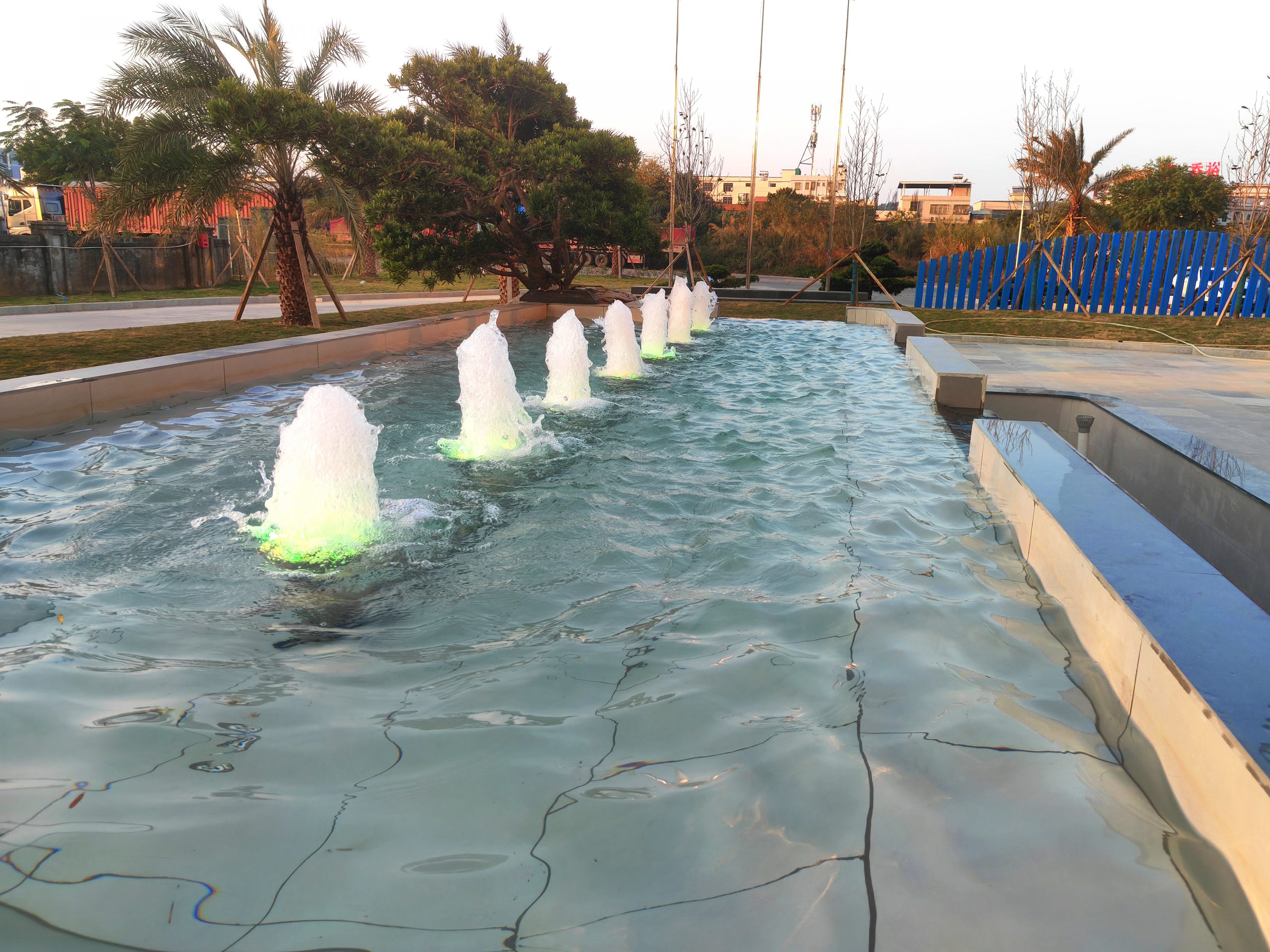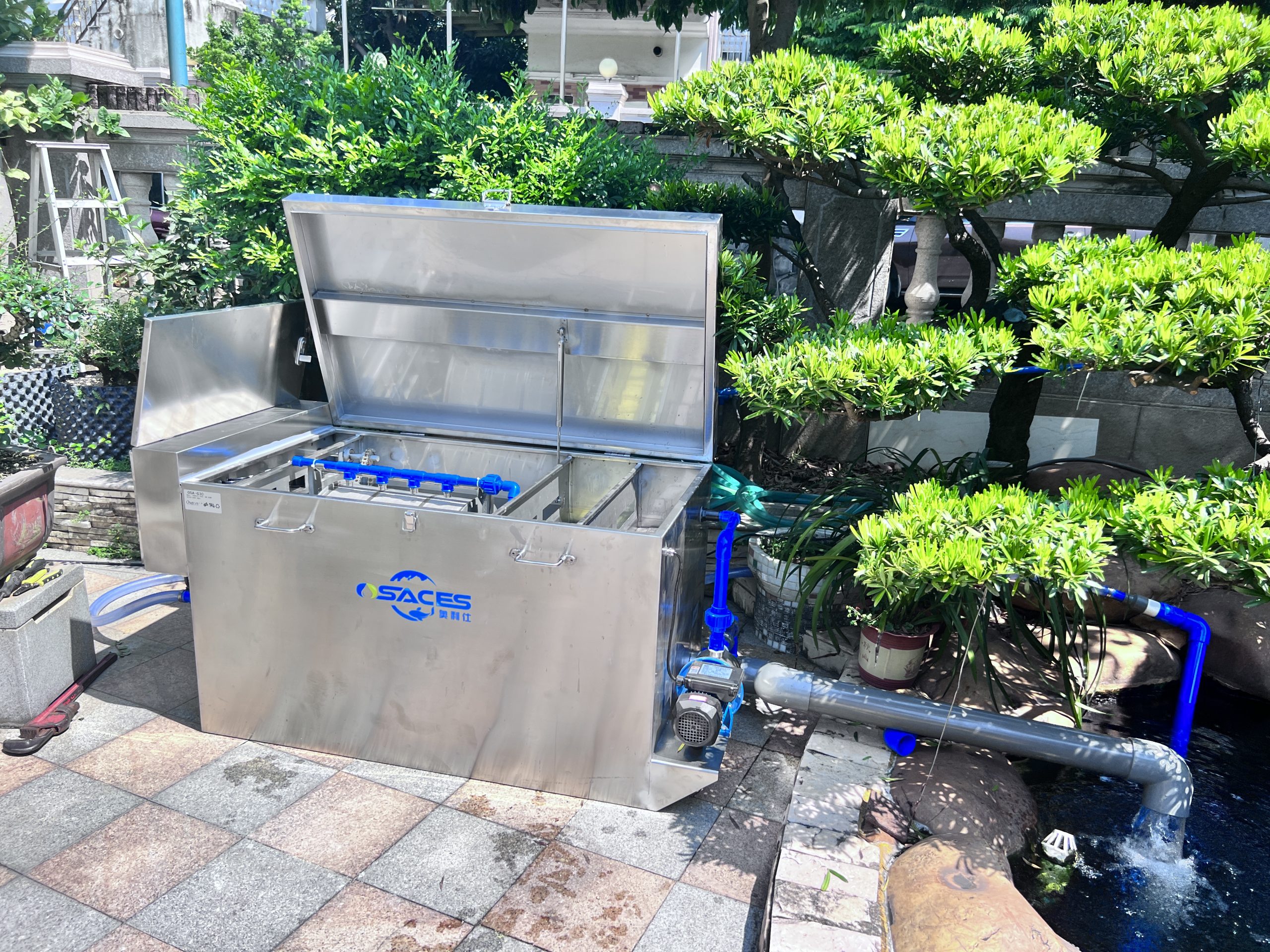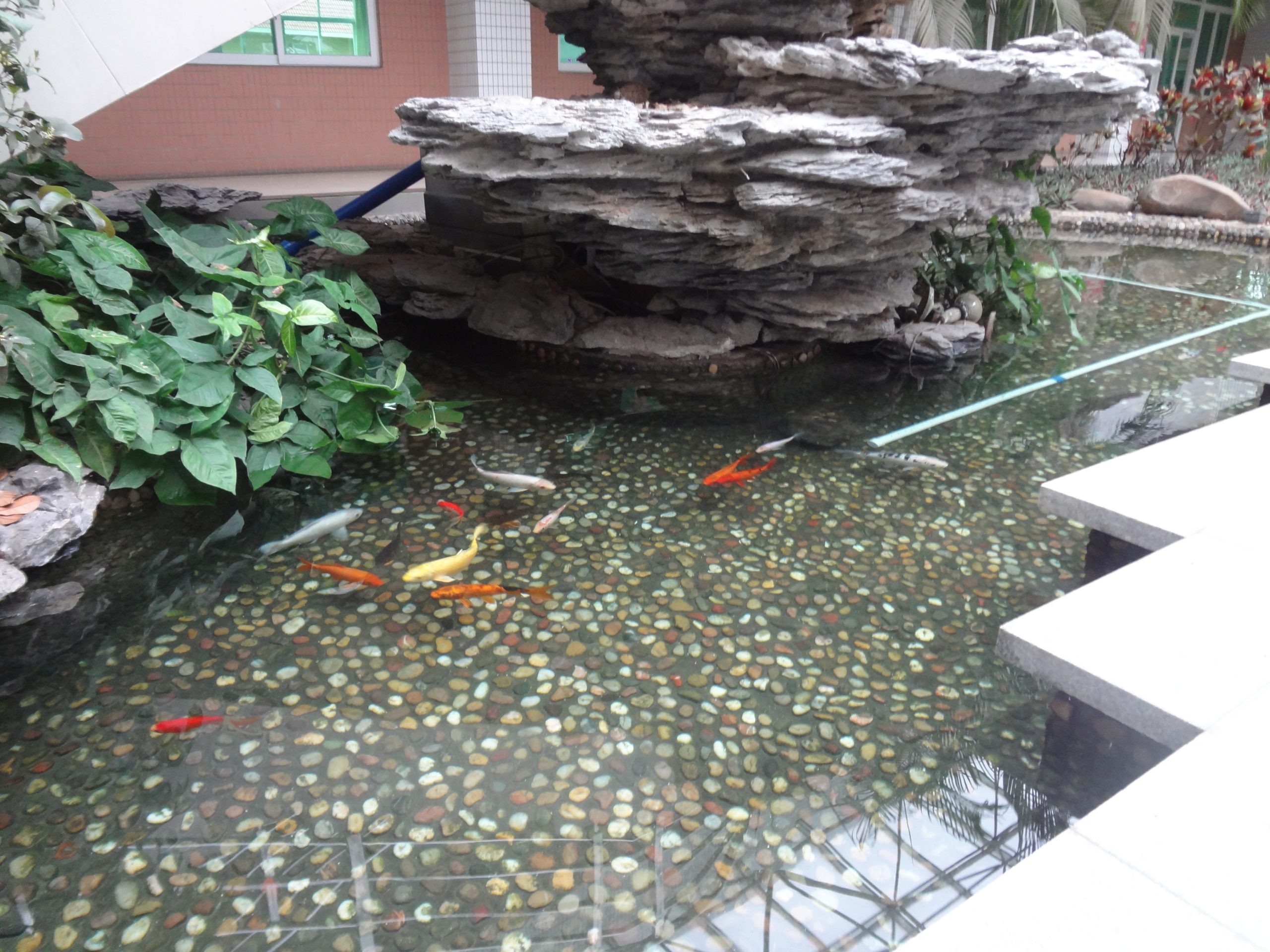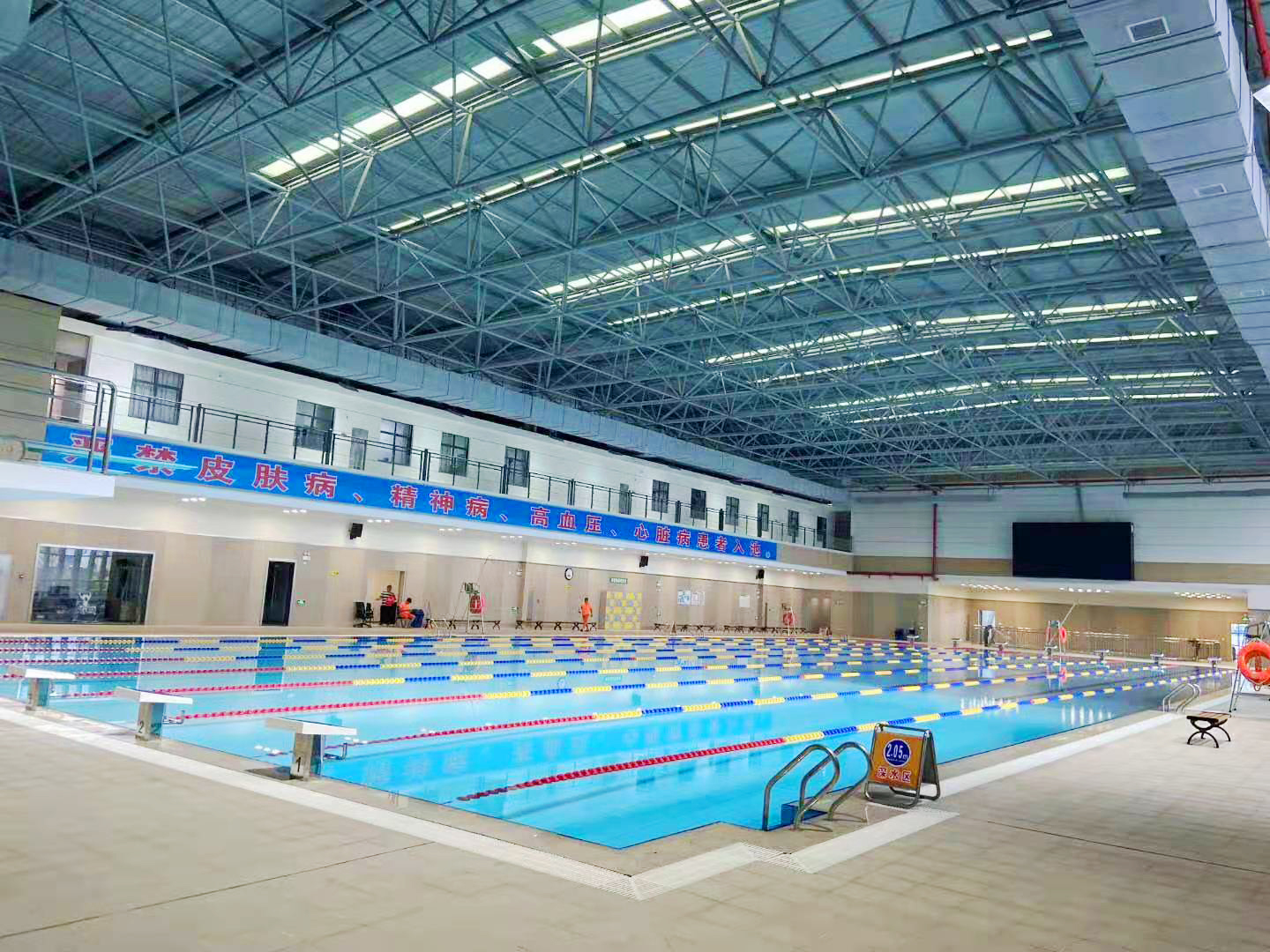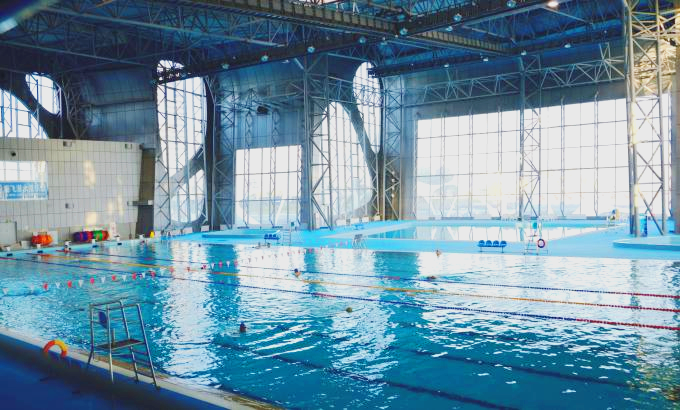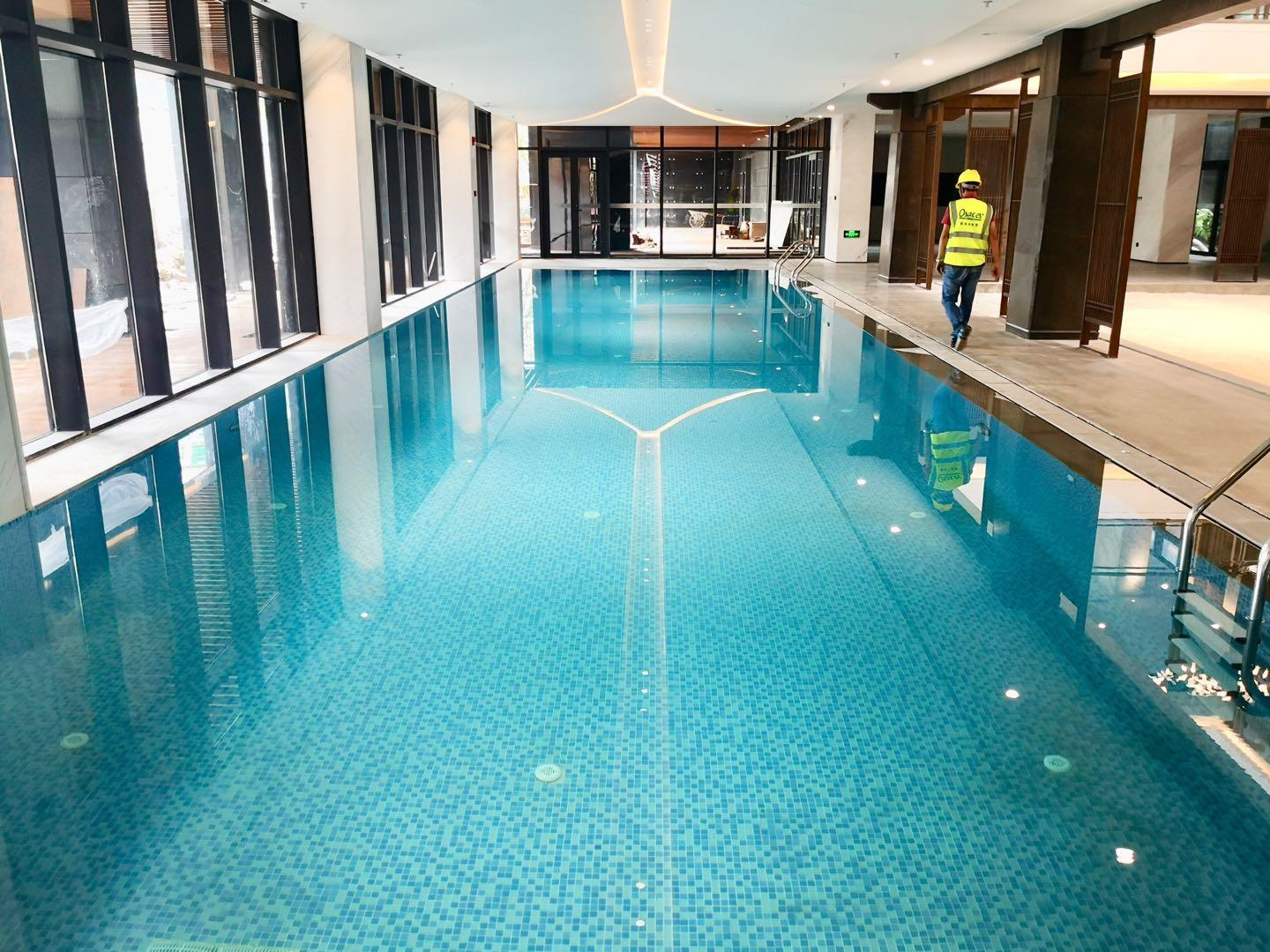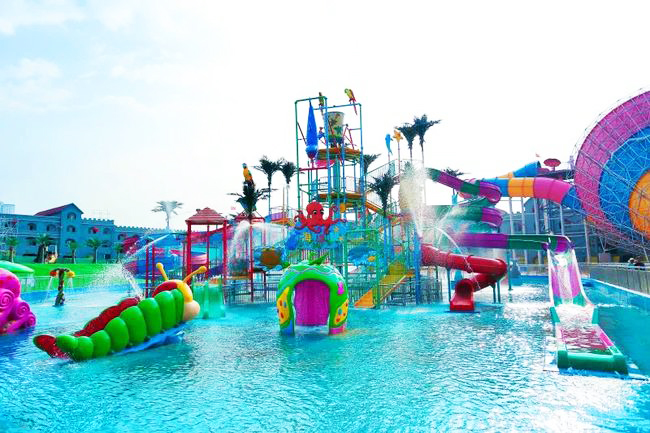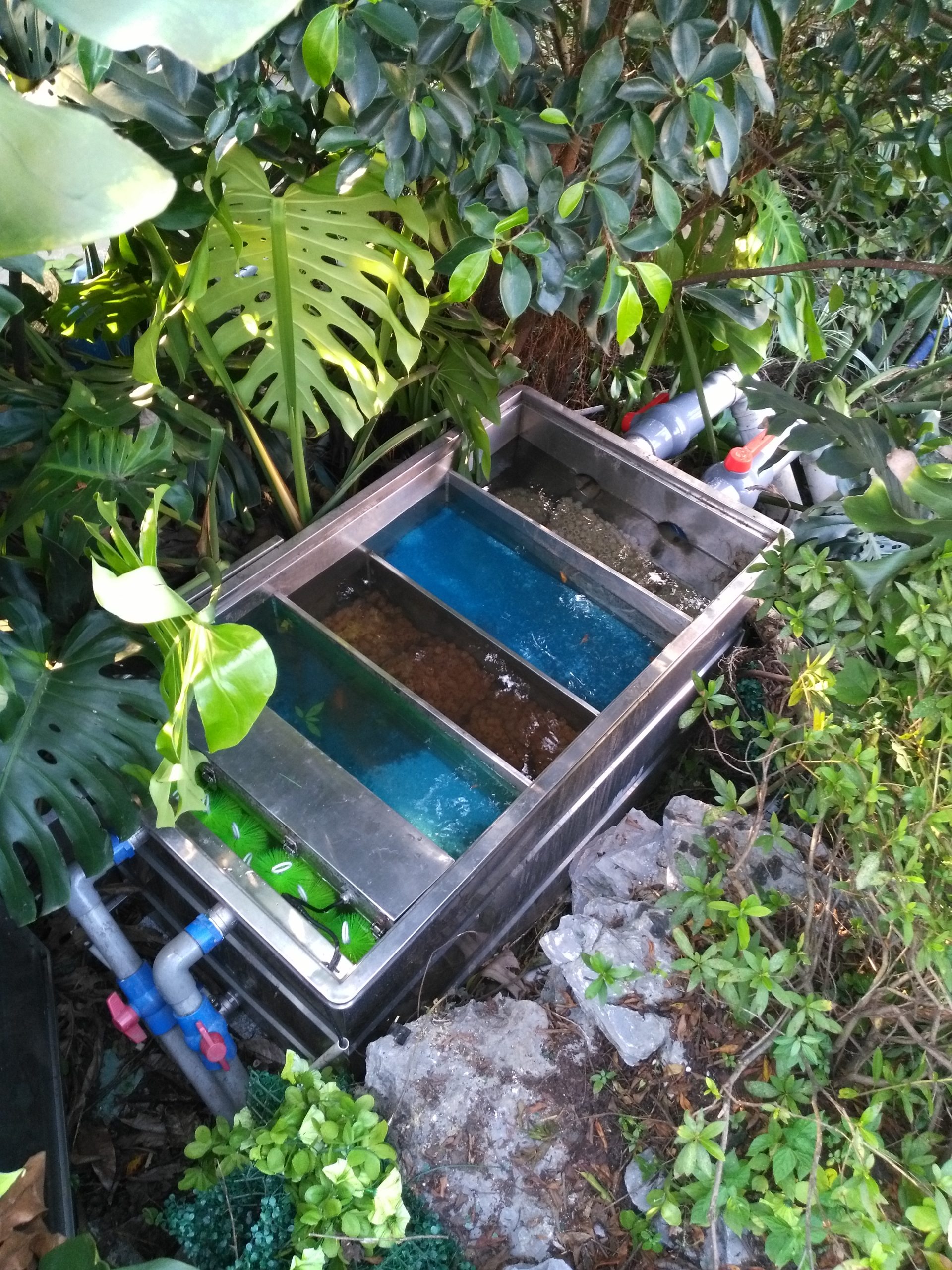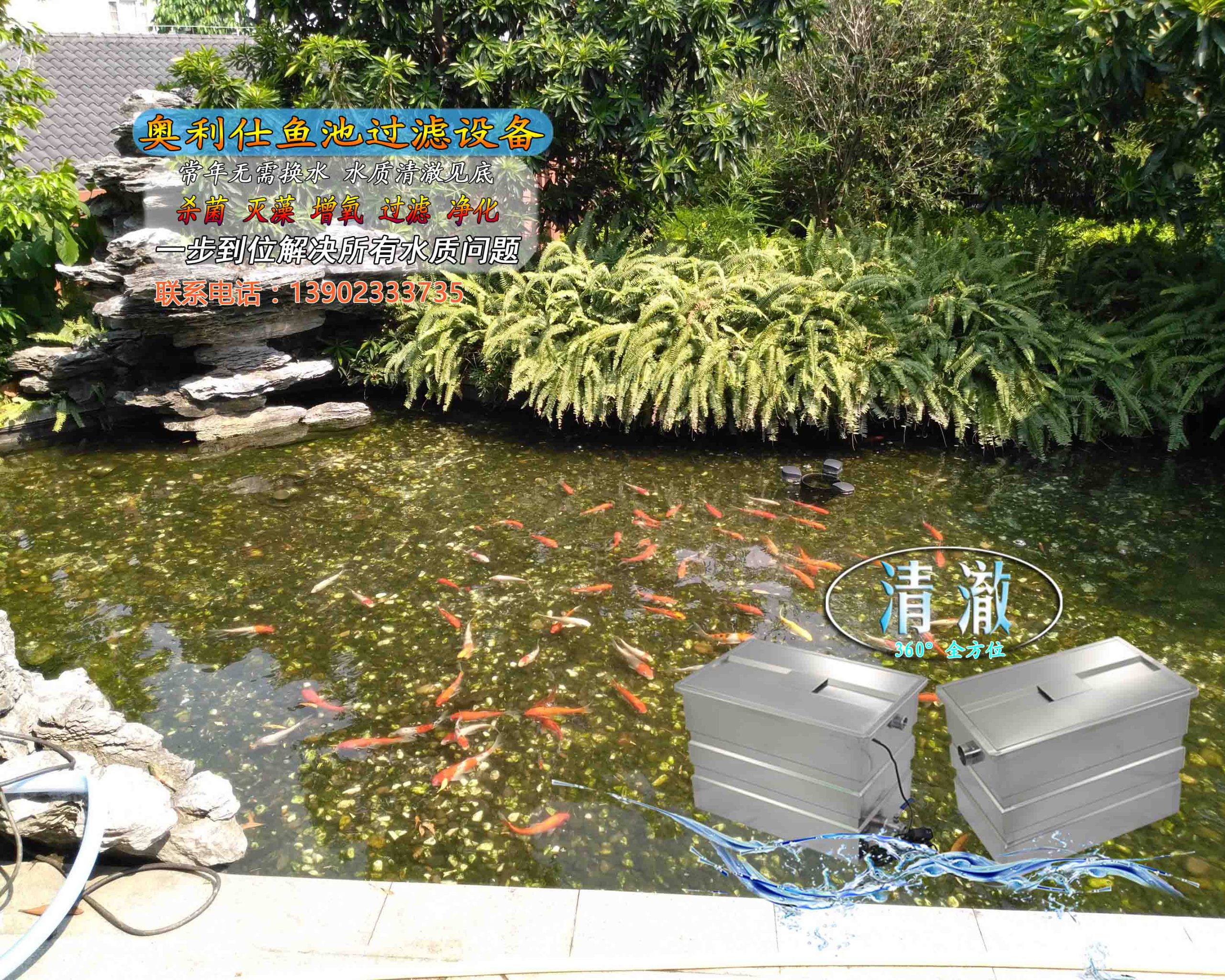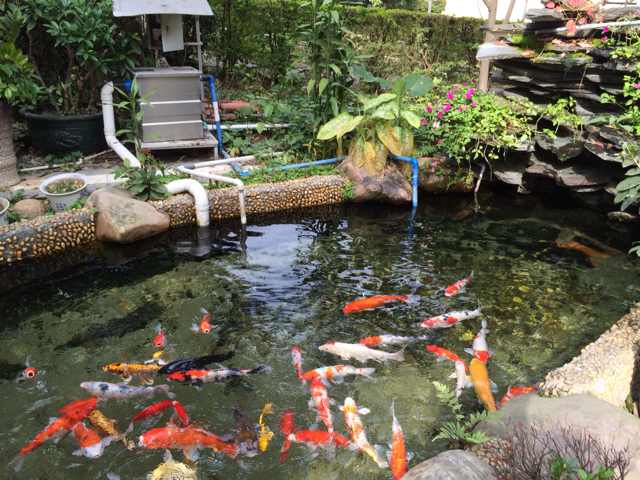News Center
contact details
 Ollies (Guangzhou) Recreation and Sports Equipment Co.
Ollies (Guangzhou) Recreation and Sports Equipment Co.Tel: (020) 82686289
Fax: 020-82694853
Headquarter: No.31-37, Xincun 2 Road, Shangjiang North Street, Dongzhou Village, Xintang Town, Zengcheng City, Guangzhou, Guangdong, China
Misuse of Nitrifying Bacteria
Myth 1: New pools are immediately put into nitrifying bacteria:
Many people in the newly purchased aquarium filled with tap water, immediately poured into a large number of nitrifying bacteria, that is, the so-called "open tank". Do not know that nitrifying bacteria also need waste to do "food", and the new water is often the lack of these substances, resulting in the activation of nitrifying bacteria, due to the lack of "food" and a large number of deaths, but affects the water quality.
Myth #2: Biofungus as a therapeutic agent:
When one's beloved fish gets sick, one tends to get sick and often sees people using high concentrations of nitrifying bacteria as a therapeutic agent. It is true that nitrifying bacteria can inhibit the increase of harmful bacteria through the rapid reproduction of the colony itself, but it does not kill the germs directly. This will not only delay the disease, but also cause a waste of medicine.
Myth 3: Use biological bacteria as water purifiers:
Some people hear that "nitrifying bacteria" have the effect of "water purification", they mistakenly think that nitrifying bacteria can be used as a water purifier. In fact, nitrifying bacteria can decompose toxic and harmful substances in the water to inhibit brown algae and other pollutants in the water quality of biological reproduction, but can not remove the impurities and algae already suspended in the water, these need to be other microorganisms flocculation into clusters, and then filtered out by the filter.
Myth 4: The higher the number of biotics, the better:
Generally nitrifying bacteria package instructions will clearly indicate the content per milliliter, usually 500 million to 3 billion, but this does not mean that a higher content is better. This difference is caused by the fact that the long term preservation of live nitrifying bacteria in high concentration is a difficult problem. A little carelessness in the production, transportation and distribution of nitrifying bacteria can cause a large number of nitrifying bacteria to die, resulting in their expiration date. The expiration date of nitrifying bacteria is usually around 12 months.
Myth 5: Biofungus cannot be used with salt:
Some people think that salt is bactericidal, so you can't add salt after adding nitrifying bacteria. In fact, many nitrifying bacteria are broadly saline and can be used perfectly well together. In addition, if there is a lot of germs in the aquarium, the fish will be infected with bacterial diseases as a result. At this time, you should first add bacteriostatic water, and when the original germs in the aquarium are killed off after 3 to 5 days, then add nitrifying bacteria to rebuild the biochemical system after the effect of bacteriostatic water is reduced through a large number of water changes and activated charcoal adsorption.
Myth #6: Using biofungus as a feed additive:
A lot of nitrifying bacteria will emphasize the high protein content in their ingredient descriptions, and even directly describe that a certain amount of nitrifying bacteria should be added to the fish feed. In reality, nitrifying bacteria are only used as water treatment agents. The most effective organisms that should be added to the feed are beneficial flora such as bifidobacteria, lactobacilli and yeast.
Related content
- Don't let rotting tails affect the koi's aesthetics
- What kind of water is good for fish? Talking more about green water for fish
- What to do if the water in your fish pond is unclear? How to keep the water fresh and clear
- Are you ready for the golden age of koi growth?
- What causes new koi to get sick easily?
- Case Sharing--Foshan Shunfeng Mountain Park 3600 square meters landscape pool purification project
- Case Sharing||Huizhou-- Intelligent Terminal Beidou Industry Production Project Fountain Fish Pond Purification Project
- Guangdong Guanyinshan National Forest Park 300m³ landscape fish pond purification project

